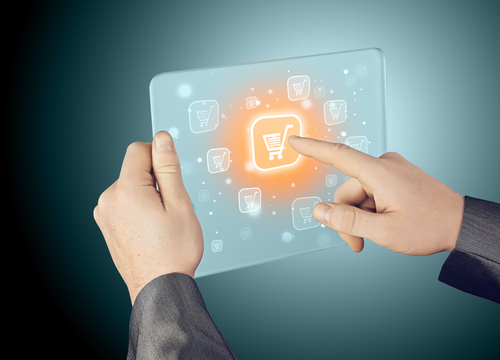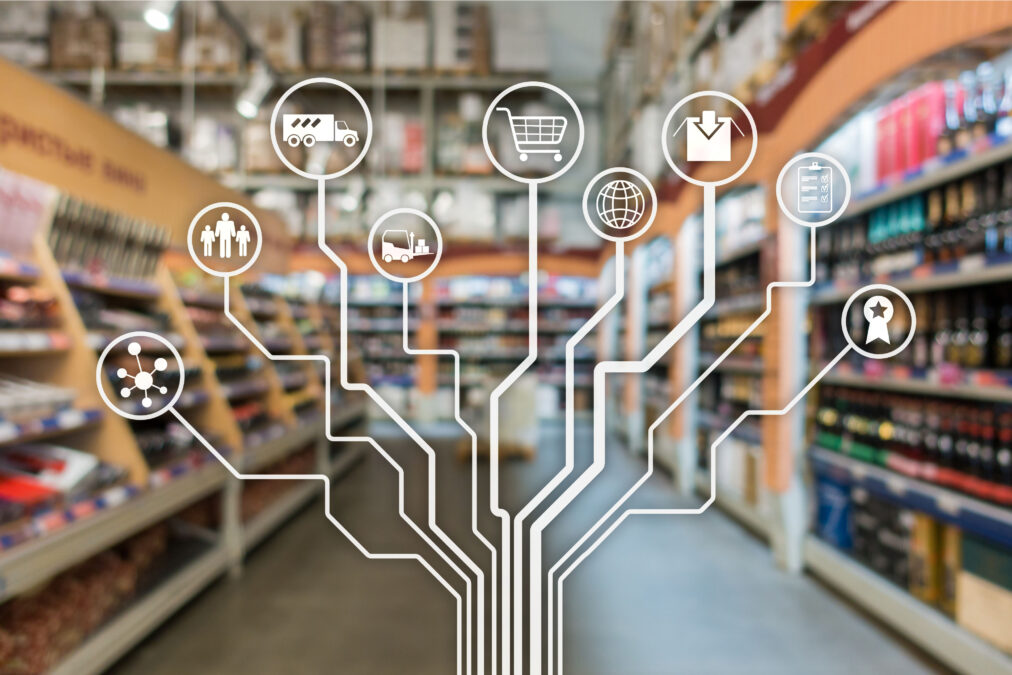For years the retail industry has bemoaned the changes to customer behaviour in-store as the popularity of smart phones has burgeoned. Funny then that it seems to have taken so long (the iPhone launched in 2007) for many retailers to not only embrace this new behaviour, but also build sales and marketing strategies facilitated by technology.
Robust and resilient Wi-Fi is a game changer for retail operations as it allows high street stores to combine the benefits of e-commerce with an immersive in-store experience.
A hugely increasing number of big-brand retailers are looking to integrate managed WAN services into their customer strategies. Rather than simply offering Wi-Fi to customers in-store, mid-market retailers are looking to differentiate buyer experience by taking a long-term view of what in-store technology can offer when network infrastructure is prioritised.
>See also: Digital retail – meet the customer assistant of tomorrow
The business of showrooming
Showrooming is a huge issue for retailers. If customers are coming into a store to find a product they like and then buying elsewhere, the retailer is not considering its priorities effectively. It’s not always price – consider convenience, loyalty points, member benefits, customer service, returns policies, delivery timescales, in-store promotions and good old fashioned brand value.
Making it difficult for customers to get online is never a good solution to the problem, especially when a robust and resilient in-store Wi-Fi strategy can be the silver bullet for customer experience.
The trend is often reversed at out-of-town stores where retailers are seeing the most significant behavioural change. Where customers used to visit out-of-town retail centres in order to investigate options and then head home to mull on big-ticket items like cars, TVs and sofas, now shoppers have researched product features, offers and availability before they physically touch the product.
Potential buyers are so savvy when they walk into store that the approach of sales teams has to fundamentally change. Instant access to both internal and competitor data becomes vital, as does the ability to move with the customer around the store.
Selling everywhere
The sales desk is redundant. Good sales people help customers crystallise their preferences while in the car, in front of the TV or sat on the sofa. If they then have to walk them to a separate area where they can then cost up those choices, check availability and work out finance, then the customer is giving up their time to fit into the retailer’s processes.
Savvy retail IT heads realise that the ability to mould their processes to customer behaviour, rather than the other way around, will pay dividends. As a consumer, which would you prefer: a free coffee while you go through paper work for 30 minutes or a free 30 minutes?
Meanwhile, new technologies such as beacons have been touted as the key to revolutionising in-store behaviour. Beacons are small pieces of hardware that retailers can place anywhere in a store. They pinpoint the location of a consumer’s smartphone that has a retailer’s app.
Beacons use Bluetooth Low Energy wireless networking technology (BLE 4.0), common on all newer smartphones. They can trigger an app to send a push notification when they sense a smartphone is within a few feet of a product display, a counter, or anything in a store.
Beacons have been touted as the key to revolutionising in-store behaviour. However, while benefits to customers are so far limited to local location-based promotions and lots of ideas involving linking window displays to outdoor advertising, we have yet to see a brand shout about actual successes.
Unilever recently ran tests with its Knor soup brand, retargeting those who tested soup with promotional offers via partner apps. Mondelez and Coca Cola have been testing beacons for over a year and are quickly coming to the realisation that FMCG brands won’t be the drivers of this technology.
Retail is where beacons will evolve. In the UK alone, House of Fraser, Waitrose and Michael Kors are experimenting, while Neiman Marcus, a high-end department store in the US, is using the technology to drive traffic to in-store events.
Beacons are still in the hype phase, and most of that hype unsurprisingly has been in the marketing press, but you better believe that the first retailers to crack the virtuous triangle of IT, marketing and sales integration for customers will reap a multitude of benefits.
>See also: Why omnichannel retail is more than just a buzzword
The key to success will be setting up systems to capture and analyse the most useful analytics defined as important by the business. Understanding how and when customers travel around a store, how long they stay in-store and which in-store promotions are driving the most footfall will inform how retailers adapt to drive sales in a new device-driven world.
One thing’s for sure: processing all that data in real time in the cloud will require a scalable and robust technology infrastucture, a secure approach to personal data and a resilient network with cast iron SLAs in place to ensure business continuity.
The key to transformation strategies
One major out-of-town retailer is working to create online evidence of the decisions taken by shoppers who don’t buy but want to mull over their individual choices at home having already interacted with the product.
This strategy requires careful infrastructure planning across the business, not only in-store, but also at HQ where the demands of collating, analysing and delivering data will only increase.
Ultimately, the brands that embrace showrooming and work hardest to help consumers engage in similar activities inside and out of their digital retail environments will come out on top. After all, the customer is always right.
Sourced from Pete Tomlinson, Eclipse










